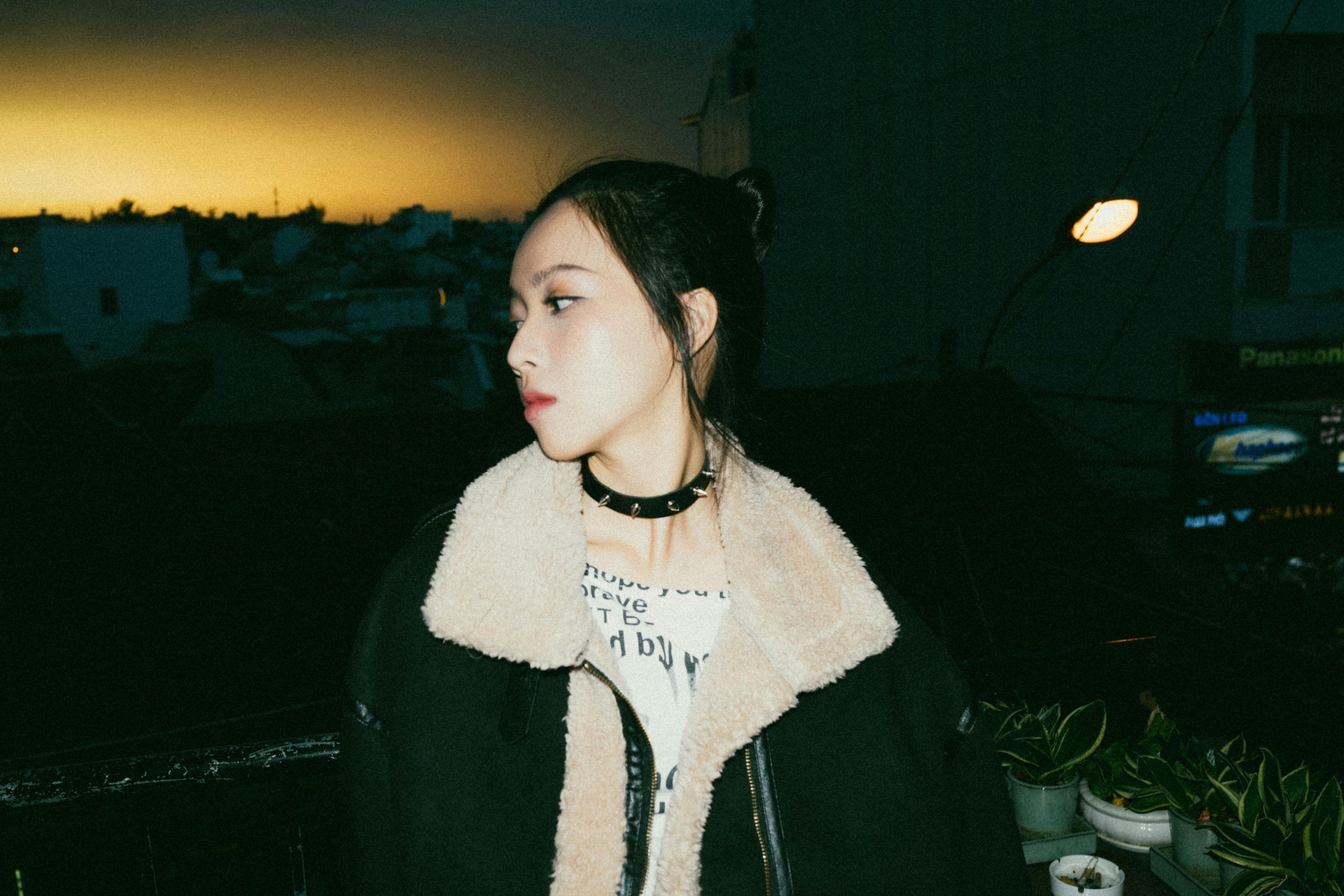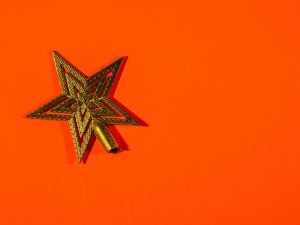Vegan leather and mushroom textile outfits dominate runways
Vegan leather and mushroom textile outfits have taken the fashion industry by storm, dominating runways and attracting the attention of both designers and consumers alike. Gone are the days of traditional materials like animal leather and cotton, as sustainability and ethical fashion take center stage. From high-end luxury brands to fast fashion retailers, these innovative alternatives are revolutionizing the way we view and wear clothing. In this article, we will explore the rise of vegan leather and mushroom textile outfits on the runway and why they are here to stay.
The Rise of Vegan Leather
Vegan leather, also known as faux leather or synthetic leather, is a material that mimics the look and feel of traditional leather without using any animal by-products. With the rise of ethical and sustainable fashion, designers and consumers are turning towards vegan leather as a more environmentally-friendly option. The production of vegan leather requires significantly fewer resources and does not involve the use of toxic chemicals or animal cruelty. It’s no wonder that this alternative has gained immense popularity in the fashion industry in recent years.
Leading the Pack: Stella McCartney
One of the pioneers of sustainable fashion, Stella McCartney, has been advocating for vegan leather since launching her brand in 2001. McCartney has always been vocal about her refusal to use animal products in her collections and has created a line of vegan leather shoes and handbags that are just as luxurious and coveted as traditional leather pieces. Her brand has become synonymous with ethical fashion and has set the standard for other designers to follow suit.
The Luxury Appeal of Vegan Leather
While vegan leather has been embraced by high-end luxury brands like Stella McCartney and Dior, it’s not just limited to the top tiers of fashion. High street retailers are also incorporating this material into their collections, making it accessible to a wider audience. Many fast fashion brands have faced criticism for their environmentally damaging practices, but incorporating vegan leather into their designs is a step towards more sustainable and ethical fashion.
Mushroom Textile: The New Kid on the Block
Mushroom textile, also known as mushroom leather or Mylo, is a biofabricated material made from fibrous mushroom roots or mycelium. It is a sustainable alternative to animal leather and is also biodegradable. Mylo was created by biotech company Bolt Threads and has already caught the attention of major fashion players such as Stella McCartney and Adidas.
The Process and Benefits of Mushroom Textile
The process of creating mushroom textile is done in a lab, where the mycelium is grown and shaped into sheets that can be used like traditional leather. This innovative material has several benefits over traditional leather, including being more durable, water-resistant, and lightweight. Unlike animal leather, mushroom textile does not require the use of harmful chemicals, and its production has a significantly lower environmental impact.
The Future of Fashion
The rise of these sustainable and ethical alternatives in the fashion industry is a step in the right direction. With the growing concern for the environment, consumers are becoming more conscious of their fashion choices and are actively seeking out brands that align with their values. The success and popularity of vegan leather and mushroom textile outfits on runways and in stores are a clear indication that the future of fashion is heading towards more sustainable practices.
In conclusion, vegan leather and mushroom textile outfits have taken the fashion world by storm, proving that sustainability and style can go hand in hand. From luxury brands to fast fashion, these innovative alternatives are gaining momentum and are here to stay. Let’s hope that other designers and retailers follow in the footsteps of these pioneers, making ethical and sustainable fashion the norm rather than the exception.










